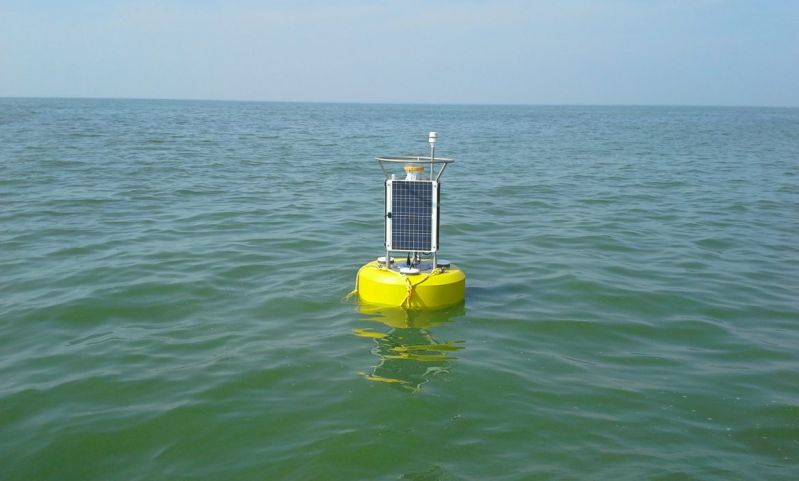Water sensors, data collaboration make Great Lakes smarter
Published on by Water Network Research, Official research team of The Water Network in Case Studies
The Great Lakes Observing System has created “Smart Great Lakes,” by making it easy for the public and policy makers to access data from buoys and underwater probes.
It means that the communities that rely on Lake Erie for drinking water can get an early warning of incoming algae blooms. The platform, currently under development, can send warnings by text message or email, according to a report of a year-long-pilot “Smart Great Lakes” project.

The buoys and underwater probes measure water quality parameters like pH, turbidity, blue green algae, chlorophyll and dissolved oxygen, said Rebecca Pearson, chief operations officer at the Great Lakes Observing System.
Water sensors detect when certain thresholds are exceeded, triggering a text that is sent to the users. Those thresholds can include such things as how murky the water is or how much of a certain type of chlorophyll is present, Pearson said.
“The text gives the users a quick summary of important details and a link that allows them to view more information on a website,” she said.
Other data comes from field monitoring stations that grab and analyze weekly water samples, Pearson said. They can provide toxicity information on blue green algae at specific locations. The Great Lakes Environmental Research Laboratory also provides data to forecast algae blooms for five days. Environmental Sample Processors, designed by the National Oceanic and Atmospheric Administration, will collect and analyze toxicity to provide more data for the early warning system.
At least 11 million people rely on Lake Erie for drinking water. Each summer, harmful algae can threaten their health if it produces toxins. In 2014, more than 400,000 residents of Toledo lost access to water as the algae threatened their drinking water system.

Here is how the early warning system works in Lake Erie. Image: The Great Lakes Observing System
An early warning system could help residents be better informed and prepared for such a crisis, the report said.
Twenty organizations now contribute data to the “Smart Great Lakes” initiatives at Lake Erie, Pearson said. The group hopes that more agencies, universities and even citizens will collect data. They can sign in at the Great Lakes Observing System website.
“Under our Smart Great Lakes initiative, we hope to lower the barriers for organizations and individuals interested in Great Lakes observations or data collection,” Pearson said. “If we design our new technology platform well, everyone can work together more efficiently.”
Organizers have a five-year strategic plan to extend the system beyond Lake Erie to all the Great Lakes.
Media
Taxonomy
- Lake Management